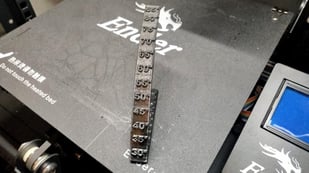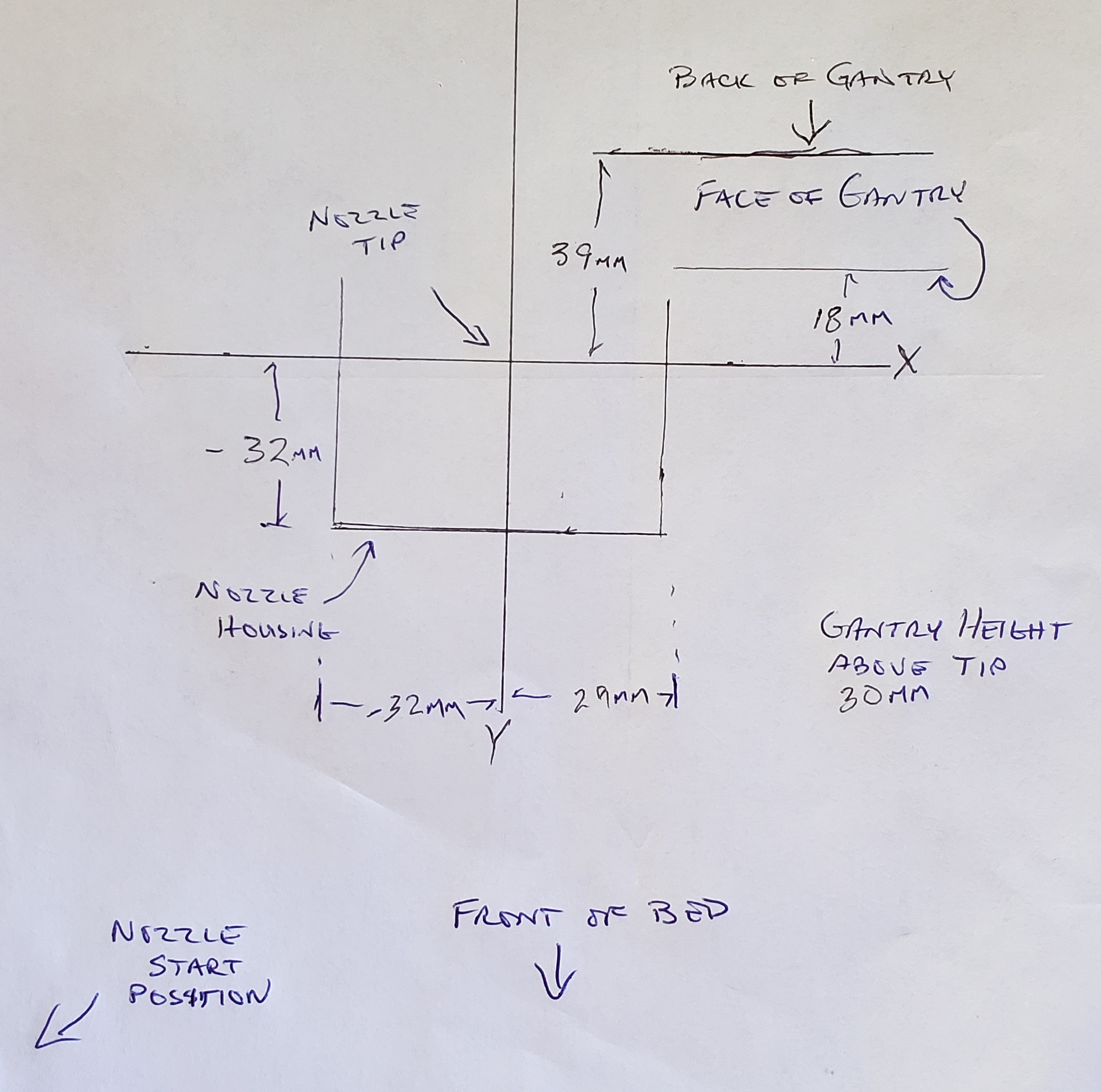

The model on the right has a 'wall line distribution' of 3, printing all inner walls with adjusted line widths. Increase this setting when printing multiple inner walls to divide the wall line widths equally, as in the thin parts of the 3D model below.Įxample: The model on the left is printed with a 'wall line distribution' of 1, keeping the line width of the outermost inner wall as close as possible to 0.4. When a printed line width needs to be adjusted to fill the gaps between walls, this only happens on the inner walls of a print, to keep the outside wall as smooth as possible. Note: Ensure the ' wall transitioning threshold angle' is set correctly, or this setting will not directly show on the model.Įxample: The left model has a value of '2mm', the center model is the default of '0.4mm' and the right model has a wall transition length of '0.1mm'. The impact of this change is mostly visible in the thin parts of this 3D model.

The wall transition length allows to specify the length of each part, before the lines are potentially split again. To fix this, the wall line width needs to transition between the number of walls required to fill the model. In some cases, the model walls cannot be printed with the regular line width, when the model is too thin. The model on the left has three walls, the model on the right has two walls.

When you set the wall line count, the wall thickness is calculated and will grey out.Įxample: A value of 1 mm, results in three walls of 0,35mm = 1,05mm wall. Instead of setting a thickness in millimeters, you can also set a number of walls. A higher value will create a sturdier model and decreases the chance of leaks, while a lower value can significantly decrease the print time and filament costs. In general, a wall thickness of two or three times the line width is sufficient. Ultimaker Cura rounds the wall thickness to a multiplication of the line width. This setting adjusts the thickness of walls of the model. It can be set for the inner or outer wall separately.Įxample: Use two colors of the same material to create outlines on 3D prints. This setting defines which extruder should print the walls. The top/bottom settings can be found here. In S3D there’s an option for multiple brim layers(it’s actually called “Skirt layers”), setting this to 3 or 4 gives you a strong brim that peels off easily when the print is complete.Note: Shell and top/bottom settings are separated into two categories. A brim is also vital as it helps hold the lithophane in place (18-20 brim outlines should be enough). This keeps the PLA stuck to the bed but stops some curling, elephant foot and general distortion of the base edges that can happen when printing with a 60-65c bed for the whole print(some slicers offer elephant foot compensation to help mitigate this issue). Perimeters/Walls/Shells: 12(or more if you are making a particularly thick lithophane) to allow mostly walls, the infill will take care of the rest(large frames etc).īed Temperature: First layer should be 60-65c for PLA, then 55c for the remainder of the print. But in testing we’ve seen a noticeable quality different on Creality and similar machines when using the “magic number”, but none on Prusa machines. It’s been debated a lot whether this actually improves the quality of the print or not. Prusa has a great calculator you can use. It’s highly recommended you research the “magic number” for your printers Z axis and use a multiple of that.


 0 kommentar(er)
0 kommentar(er)
